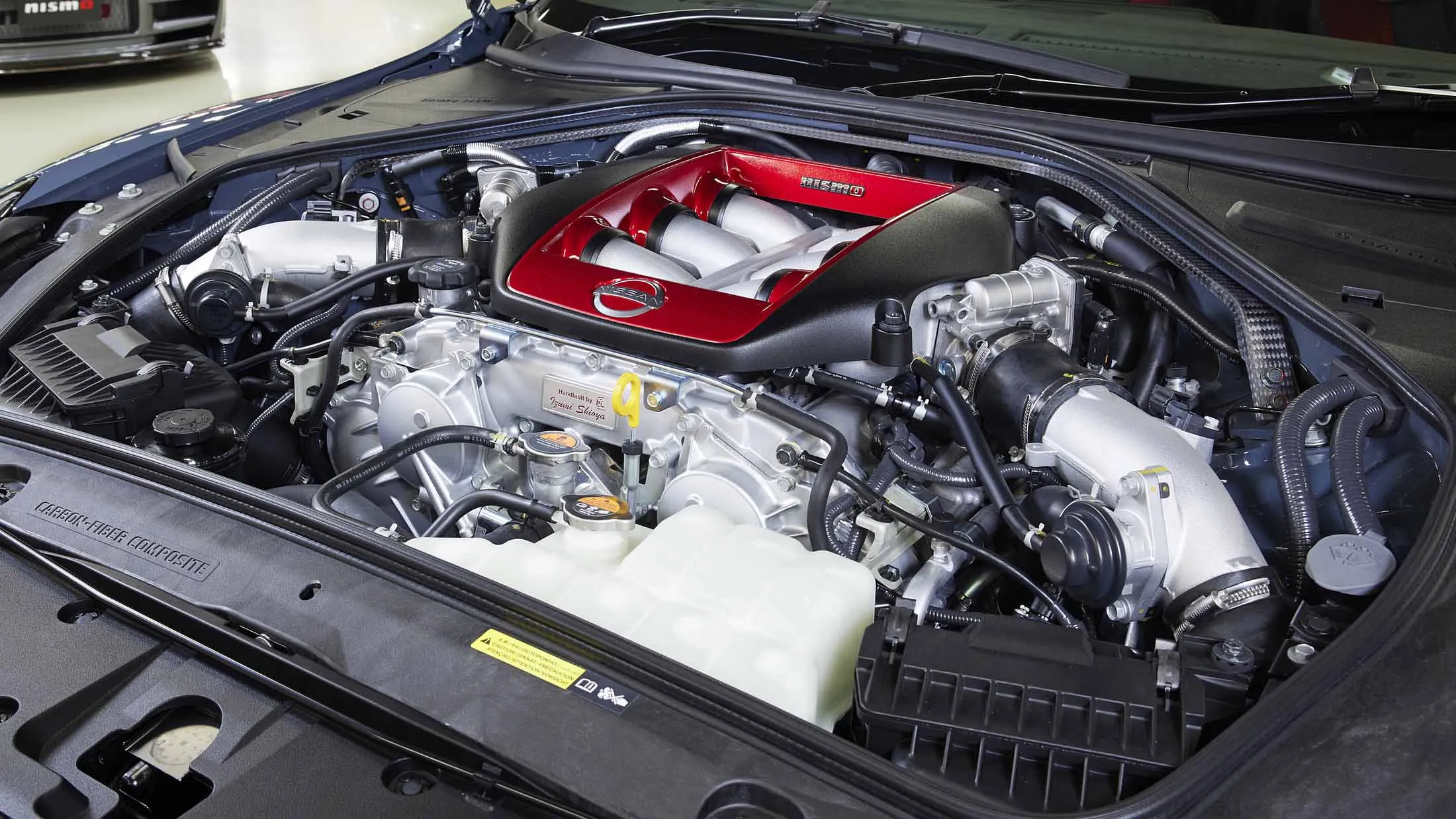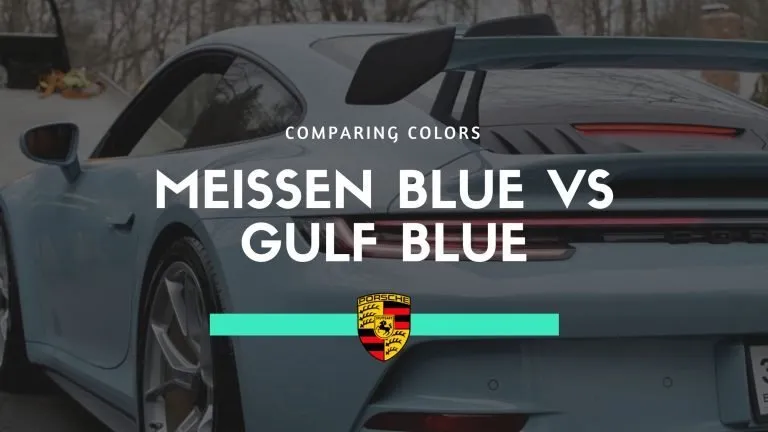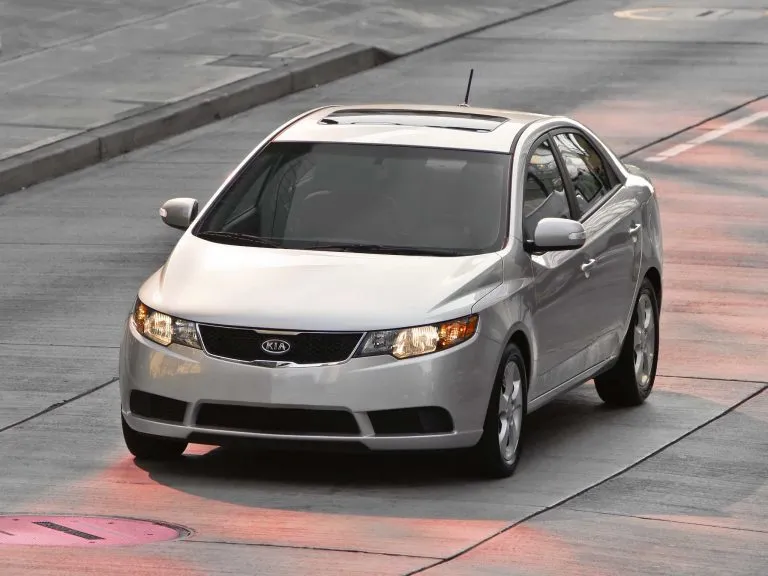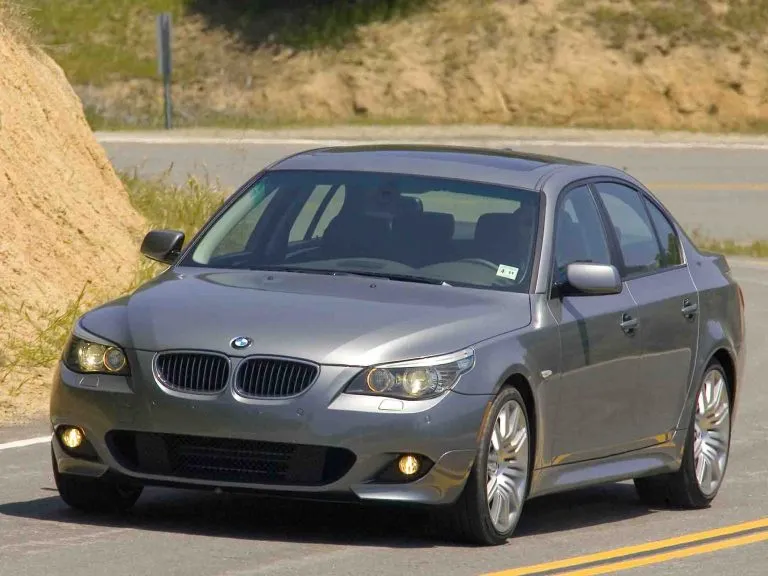Twin Turbo – What Is It And How Does It Work?
I don’t know about you, but I love a good twin turbo car. Watching that little snail spin up and then hearing the car take off is music to my ears. But what exactly is a twin turbo engine? And how does it work? In this blog post, we’re going to look at what twin turbos are, how they work, and why they provide such a boost in power. Stick around – it’s going to be a fun ride!
The internal combustion engine (ICE) has become commonplace in the automotive industry for the past one hundred and fifty years. The internal combustion engine goes through four strokes: Intake, Compression, Combustion, and Exhaust. An array of pistons works in unison to transfer the energy from the combustion stroke to the crankshaft causing it to rotate.
A Turbo is a powered blower motor that forces compressed air into the combustion chamber during the intake stroke resulting in more energetic combustion. It helps the engine to breathe in air. A twin turbo is a set of two blowers forcing air into separate groups of combustion chambers.

Normally aspirated internal combustion engines are fed with air during the intake stroke forced in by the ambient air pressure. The air pressure is highest at the coast, giving the normally aspirated engine the maximum power output as the air pressure reduces at higher altitudes, so the power diminishes. Let’s look at how turbos help the engine to perform better?
Why Engines Need Turbos To Boost Power Output?
A normally aspirated engine takes air during the compression stroke at normal atmospheric pressure. Such engines suffer from altitude sickness at high altitudes where the atmospheric pressure is much lower than sea level. The energy produced during the combustion stroke depends on the volume of reactants, the pressure, and the temperature of the reaction.
The air to fuel mixture injected into the combustion chamber is the most critical factor in the energy of the combustion stroke. When you press the accelerator, more gasoline and air are mixed and injected as a fine mist into the reaction chamber, generating more power.

Mountain climbers experience the effects of altitude sickness when reaching above five thousand feet in elevation above sea level in less than one day. Above this altitude, the oxygen content and atmospheric pressure are much lower than at sea level forcing the climbers to breathe harder to get sufficient oxygen to feed their lungs.
Mountain climbers will then use compressed oxygen to augment their oxygen intake and help them to maintain their bodily functions. Most deaths of mountain climbers occur when they become disoriented and lose conciseness due to a lack of oxygen.

Turbo motors act as oxygen canisters by providing pressurized air into the engine’s combustion chamber. An engine fitted with twin turbo blower motors has one blower dedicated to providing pressurized air to one-half of the pistons. The two turbo blowers work together to provide the pistons with high-pressure air during the intake stroke.
The turbine blades of the turbo motors operate at very high revolutions per minute and generate a distinctive sound as it pumps air into the combustion chambers. Some of the exhaust gas is cycled back during the exhaust stroke to provide additional thrust to the turbo blower.

Advancements in ignition electronics, fuel injection, and turbo efficiency have resulted in very efficient gasoline and diesel internal combustion engines. Over the past few decades, the power output and fuel efficiency improvements have seen engines becoming smaller and lighter, leading to additional improvements.
The Advantages of a Twin Turbo Kit
Now all the advancements and the technical logic of how a twin turbo works is out of the way, we can talk about the application of a twin turbo kit. Now, you can easily go out there in the market today and purchase many different sports cars that come with a twin turboconfiguration. These cars are the perfect application for a twin turbo kit as they are already configured to run a twin turbo setup allowing aftermarket manufacturers to create twin turbo kits that marry up perfectly to the factory configuration. This is a quick and easy way to significantly boost the power of your car.
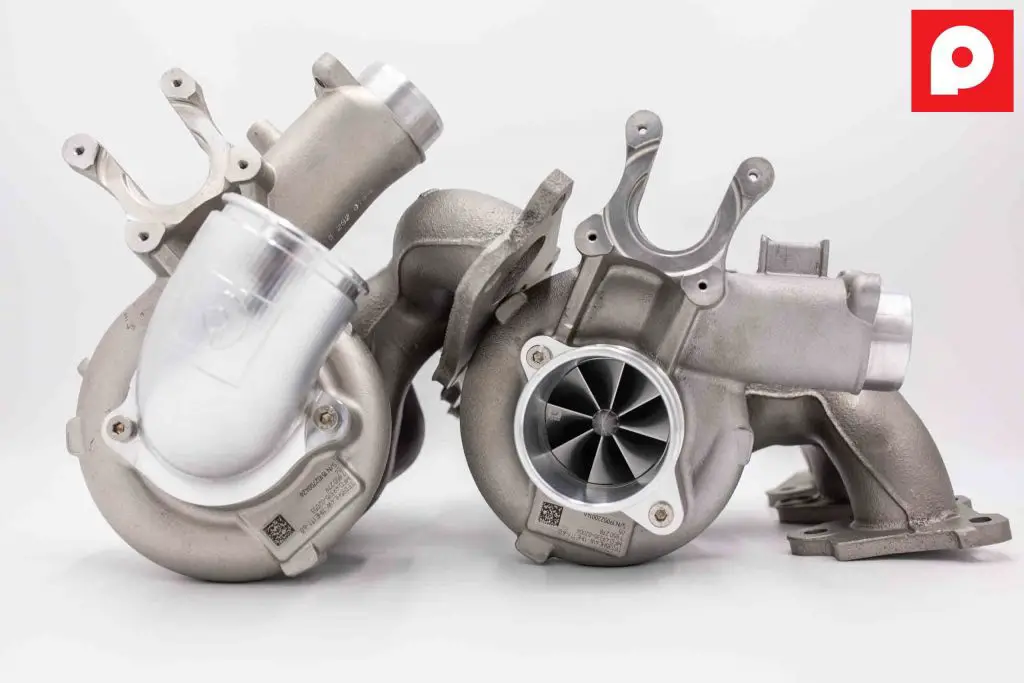
Usually a twin turbo kit will not only come with the turbos, but it will also include all the other support modifications required to efficiently run the new twin turbo kit setup that will produce more power. This saves you the headache of having to go and find the other parts required to make sure the engine can handle the increase boost running through the twin turbo kit.
The main reason why this is such a fantastic package to buy, is that aftermarket companies will almost always test to make sure that the twin turbo kit that is being applied to a specific car is tested. This is to ensure that it can handle the increased boost and power and that it will not cause any short or long term issues for the engine, giving you peace of mind over picking and choosing your own parts.
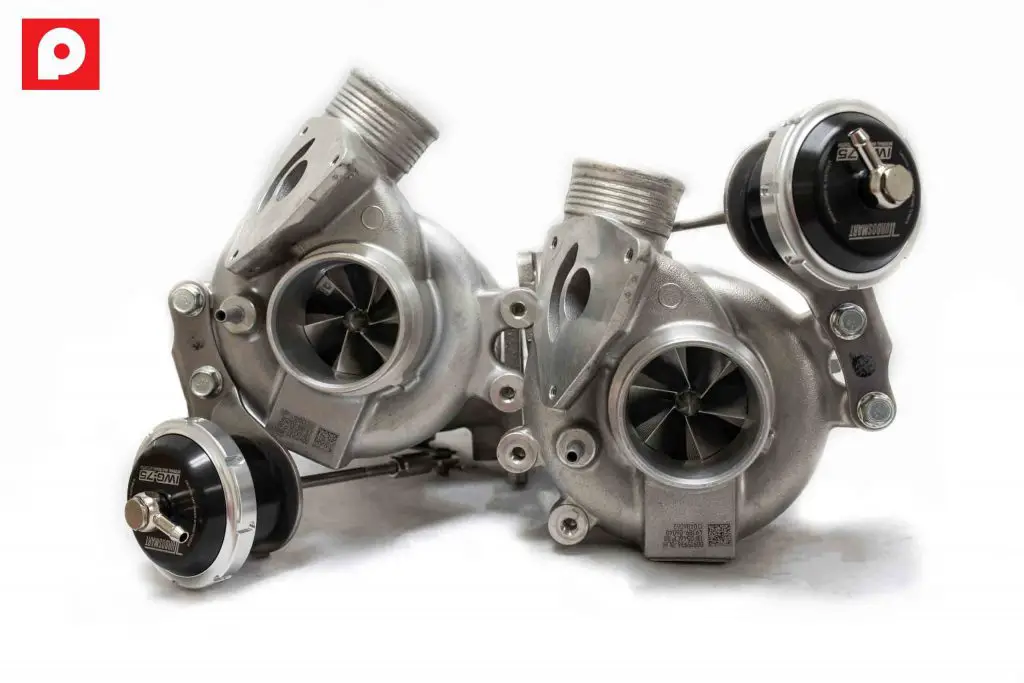
On the other end of the spectrum, twin turbo kits can be used to convert a naturally aspirated or single turbo car into a twin turbo car. This is advantageous for all the reasons listed in the next section, but also depends on what your ultimate goal is with your car.
All in all, a twin turbo kit will significantly increase the power of your car whilst saving you all the time it takes to do research and find all the right parts yourself.
What Is The Advantage Of Twin Turbo Vs. Single Turbo Engines?
Turbo lag is the delayed response from the engine in generating more power as the turbo blades take time to reach their operating speed. The adage that many hands make light work also applies to turbos. Two turbo blowers working in tandem to provide combustion pressure are more efficient than one.
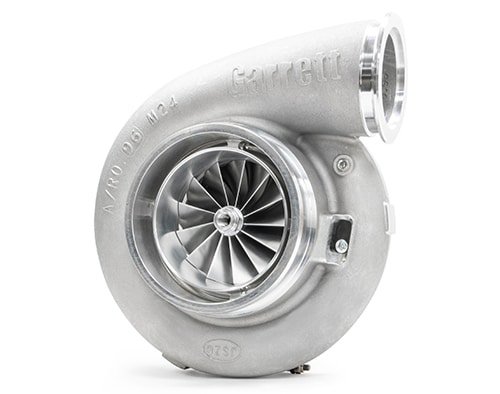
A single turbo has to sequentially feed compressed air to each combustion chamber during the sequential intake stroke of each chamber. Thus it has to work hard to build and maintain pressure after each stroke. With two turbo blowers working in unison, the workload is shared, and they can provide more consistent pressure at lower revolutions.
There are two types of twin turbo engines, namely sequential and parallel systems. In a parallel twin turbo engine, the two turbochargers operate in unison to equally share the pressure supplied to the cylinders.
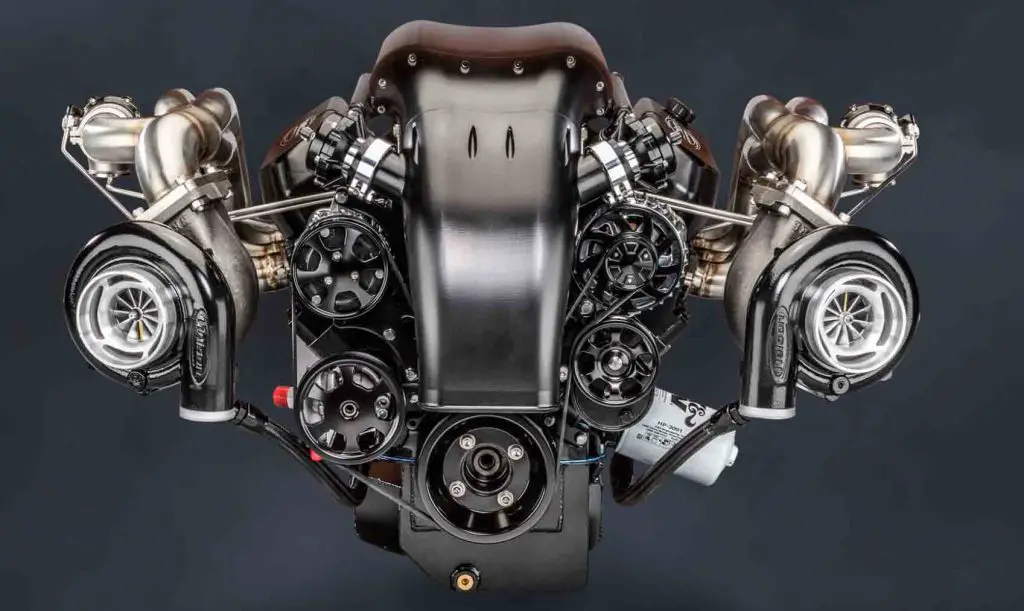
In a twin turbo V8 configuration, each turbo will serve a bank of four cylinders helping to minimize the effect of turbo lag. In sequential twin turbo engines, turbos of different sizes are fitted. The smaller turbo blower will speed faster and provide the engine with a boost at low engine revolutions. The bigger one of the turbos will take over at higher engine revolutions. Sequential twin turbo boosters provide the driver with a power boost throughout the engine revolution range.
What’s the Difference Between Twin Turbo vs Biturbo
The twin turbo vs biturbo configuration discussion has caused much confusion over the years. The use of the words bi-turbo instead of twin turbo is just another way of saying the same thing. Some manufacturers like Mercedes like to use the words biturbo instead as it probably sounds a bit more luxury than just twin turbo.
But all in all, bi just means two, therefore bi and turbo put together mean two turbo’s. Which equates to the configuration of a biturbo engine being the same as a twin turbo. I hope that quickly settles the meaning behind biturbo vs twin turbo for you if you weren’t sure if it was any different.
Diesel Powered Turbo Engines – High-Performance Workhorses
Diesel engines have developed from slow but powerful donkeys to powerful racehorses. A power output of 50 kW for a 2.5 liter 4 cylinder normally aspirated diesel engine was the performance benchmark during the 1990s. The modern 2.5 liters 4 cylinders turbocharged diesel engine typically generates 120 kW.
What has changed? The quality of diesel fuel has significantly improved with lower Sulphur contents and impurity levels to meet strict emissions regulations. The precision and tighter tolerances of the piston and cylinder have resulted in much higher compression ratios resulting in more contained combustion.

The introduction of turbo blowers and intercoolers has resulted in highly compressed air at a lower temperature being forced into the intake stroke. More air at lower temperatures results in a more significant expansion pressure during combustion and complete combustion.
The combustion process’s energy and efficiency have been greatly enhanced, leading to improvements in power and lower levels of incompletely combusted fuel. The popularity of the V8 diesel fitted with twin turbos has made the industry’s pickup truck segment the most critical segment.
What Was The First Car Fitted With A Twin Turbo?
The Maserati Bi-turbo (1981) was the first production car boasting two sets of turbocharged lungs to help it breath. The ninety degree single overhead cam (SOHC) on the twin turbo V6 engine was fitted with a dedicate turbocharger per cylinder bank.
Bugatti it a step further on their 1991 EB110 which was fitted with four dedicated turbochargers on their V12 engine. In the 2005 model Bugatti Veyron they have one turbocharger for every four pistons of the W16 engine configuration.
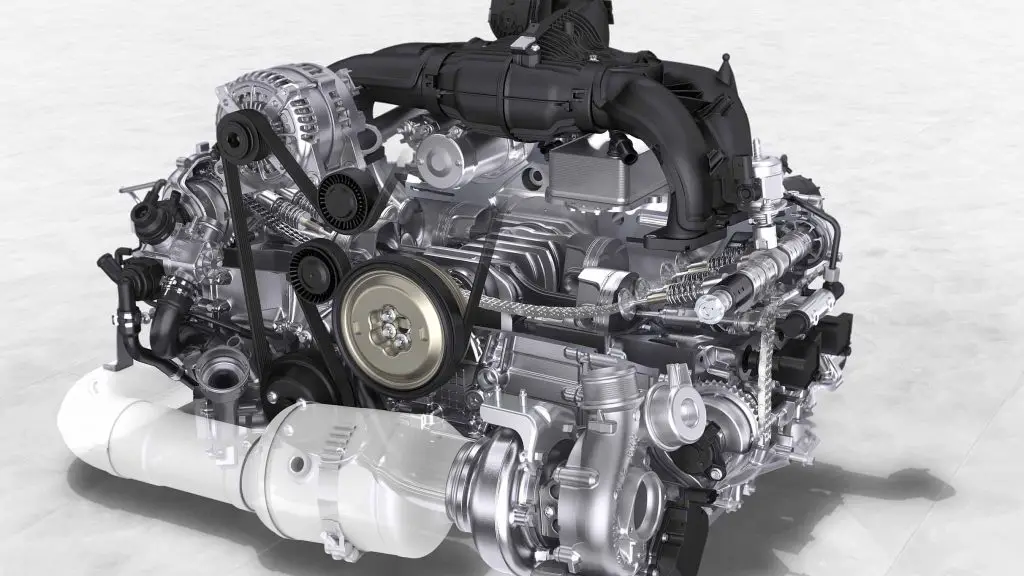
The advantage of having twin turbos and multiple turbos dedicated to specific sets of intake manifolds was quickly adopted into mainstream models and helped the automotive industry in making smaller lighter engines with more power output and better fuel consumption and emission controls.
When Did Twin Turbo Power Show Up In Motorsport?
In the post WW2 era the advancements in turbocharged engines developed during the war made its way onto the race track. New rules allowed Cumming to produce an all-aluminum and magnesium 6.4L turbodiesel engine delivering 380 horsepower.
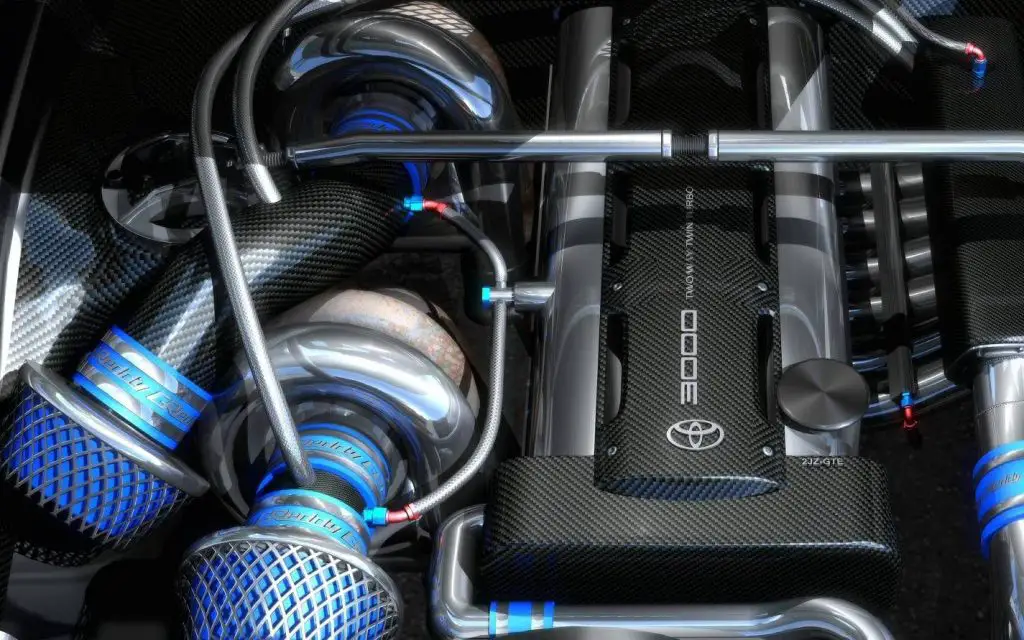
The car was driven by Fred Agabashian and it set the track alight in the early laps but the engine breathed in too much tack debris and choked the turbo engine out of the race. Although they failed to finish the race others has taken notice of the awesome power gains from assisted breathing engines.
Conclusion
The development of twin turbo technology has driven the efficiency of internal combustion engines to a maximum. The engineering objectives of creating more powerful engines that are more fuel-efficient and emit lower emissions have been pursued since the energy crises of the seventies.

Turbo blower technology assists the internal combustion engine to “breath in” cold pressurized air during the intake stroke. The result is that the energy of the subsequent explosion during the combustion stroke is more powerful. Two turbos working in tandem to provide the engine with compressed air are better than one.
The whole revolution of this technology from its inception till now has helped produced some of the most amazing twin turbo cars, from manufacturers creating the twin turbo V8 Mercedes C63s or aftermarket tuning companies like Sheepy Race or Underground Racing coming up with the most wild Twin Turbo V10 Lamborghini applications.

